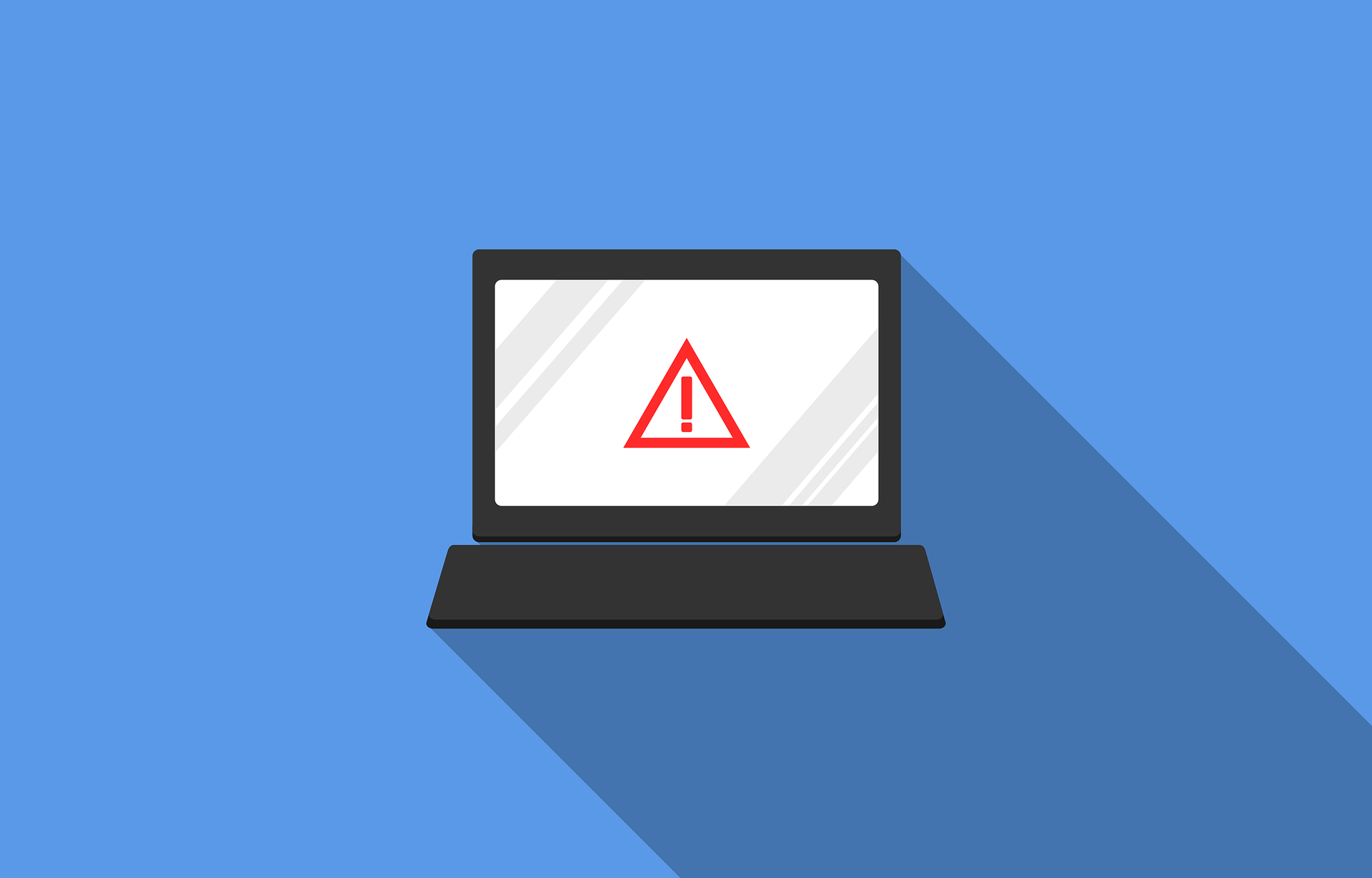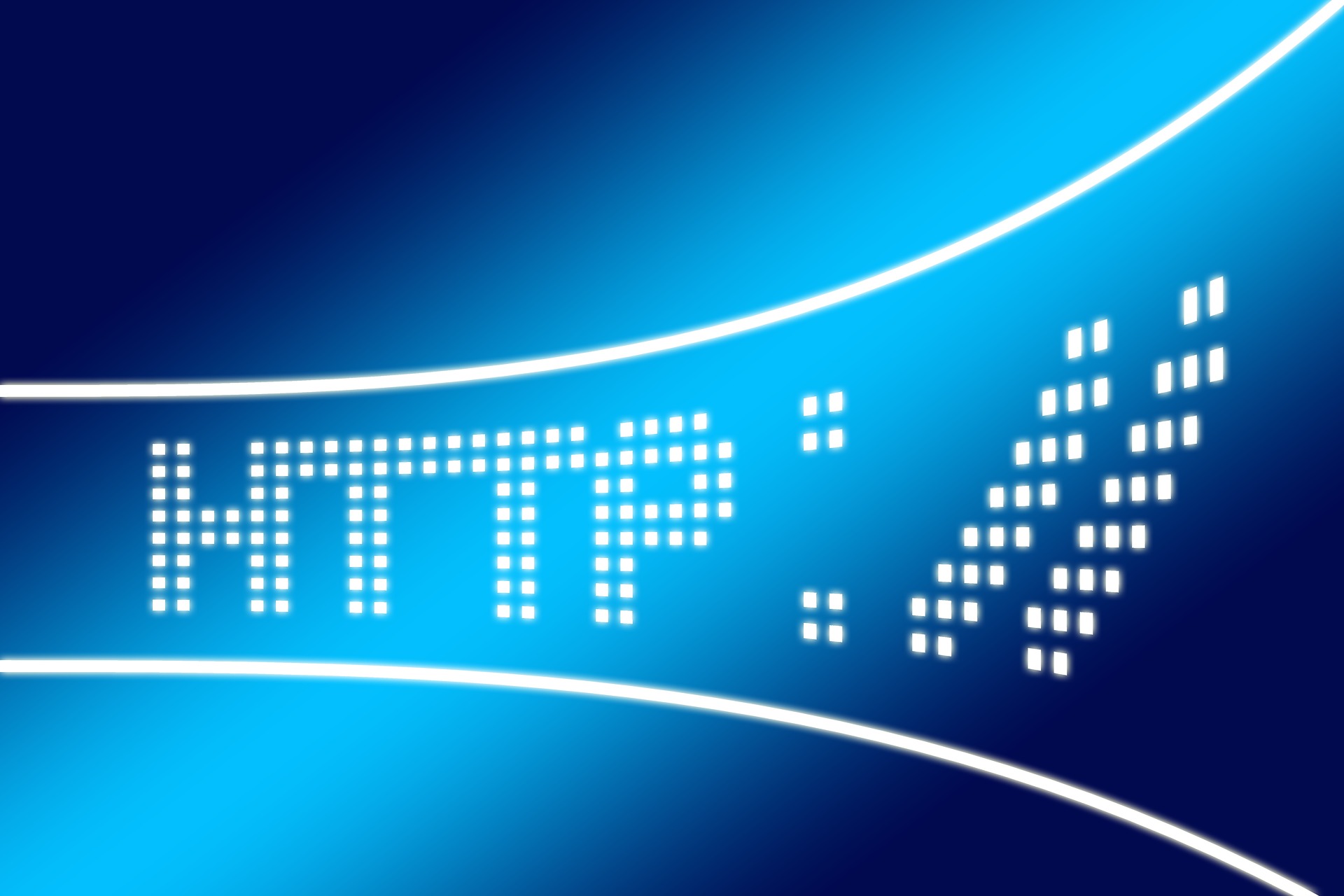The difference between the domain name and the content on the website under the .si domain
Domain name use – e.g. what content the user publishes on the website under this domain name – has nothing to do with the admissibility or legality of the domain name itself. A domain name is merely an address where web content is located. The domain name itself may be in full compliance with the GTC (healthy-living.si), while the content on the website is illegal (eg. it is a fake web shop). The opposite is also true: The domain name may be in conflict with the law (eg. let-us-kill-the-jews.si), while the website under this domain name hosts culinary recipes.
Monitoring and assessing the legality of online content is not the responsibility of the Registry .si and is not one of its tasks. At the same time, we certainly do not want for our national .si domain to be associated with online abuse and illegal activities.
False identity of the domain name holders
The GTC require the domain name holder to keep its data accurate, complete and current at all times. Among all registered domain names used by companies, public institutions and individuals, we inevitably find individuals who see the domain names as a tool to achieve goals that are not in line with local legislation or generally accepted business practices. It is understandable that such registrants want to conceal their identity and provide false information.
Through the practice of dealing with such cases and in close cooperation with other European registries, the Registry .si has introduced a series of procedures to verify data of domain name holders: manual verification of randomly selected domain name holders, machine-based verification by keywords, responses to reports of potential misuse, etc.
The registry cannot remove inappropriate or illegal content online
If the Registry .si is informed that the .si domain is being used for malicious or illegal activities, it cannot remove the problematic content. Content can only be removed by the content provider or hosting provider. Nor can the Registry .si verify that the content is in fact illegal. This can only be established by the competent judicial authorities.
Deactivation of domain names, based on inaccurate domain name holder data
In the event of a notification regarding irregularities, the Registry .si may, in cooperation with the registrar of the domain name holder, request that the domain name holder data be corrected or complemented or that the data be proved to be correct. Fraudsters usually do not respond to the call and do not provide evidence of the correctness of the data. In these cases, in accordance with the GTC, the domain is deactivated.
Deactivation means deleting the domain name servers for that domain name. Without DNS servers, a domain name no longer works: a website under that domain name is unreachable, as is email. However, deactivation does not mean that the domain name has been deleted, nor is the disputed content deleted – it is accessible via IP address or even another web address. The disputed content is simply no longer available under the deactivated domain name.
Greatly simplified, deleting domain name servers can be compared to removing road signs and town signs. The place of course still exists, even the path still leads to it, only the passengers cannot find it.
One of the unwanted uses of domain names is certainly the placement of fake online web shops that mislead or deceive consumers and violate trademark protection regulations. Like other national registries, we see that these appear in waves under individual top-level domains.
This time, ambitious “retailers” tried to take advantage of the Covid-19 epidemic and the increased volume of online shopping. Thus, due to inaccurate data of domain name holders, more than 100 domain names were deactivated under .si in May 2020, which were obviously registered for the purpose of setting up fake web shops.


